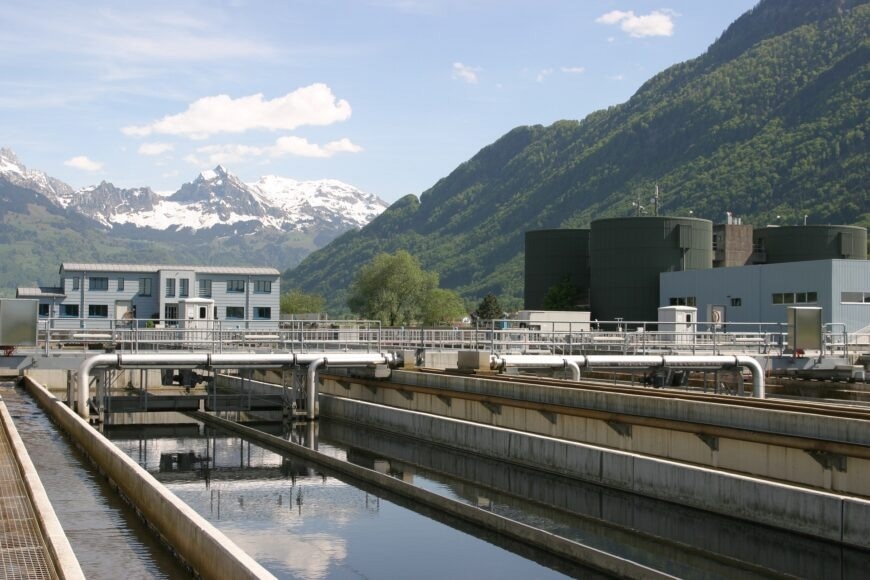Volatile Organic Compounds (VOCs) represent a class of organic chemicals that demonstrate a remarkable tendency to vaporize at room temperature, thus facilitating their rapid evaporation into the ambient atmosphere.

Image Credit: Environics, Inc.
These compounds can emanate from diverse sources, including natural emissions and various human activities. Despite their ubiquity, exposure to VOCs has been linked to a number of well-documented health risks.
This article will explore the origins and effects of VOCs on both the environment and human health.
Unraveling the Origins of VOC Gas
Volatile organic compounds (VOCs) have diverse origins, with both natural and anthropogenic sources. Natural sources include emissions from vegetation, while human activities encompass a wide range of products and industries.
- Building materials: Construction materials such as paints, adhesives, and varnishes release VOCs into indoor air.
- Household products: Common household items such as cleaning agents, air fresheners, and cosmetics are known sources of VOCs.
- Office equipment: Operation of office equipment such as printers, photocopiers, and computers can also emit VOCs.
- Industrial processes: The oil and gas industry, dry cleaning sector, and manufacturing plants all contribute to VOC emissions.
VOCs and Environmental Impact
The impact of VOC gas on air quality and the environment is substantial, as it contributes to the formation of ground-level ozone and smog.
The presence of VOCs in the atmosphere can result in long-term climate change due to their effect on greenhouse gas concentrations. Additionally, VOCs can cause water pollution when released into water bodies, negatively affecting aquatic life and the overall health of ecosystems.
Health Risks Associated with Exposure to VOCs
VOC exposure can result in both short-term and long-term health effects. Short-term exposure to VOCs may cause eye, nose, and throat irritation, as well as headaches, dizziness, and allergic reactions.
Long-term exposure to VOCs can increase the risk of chronic respiratory issues, as well as liver and kidney damage, and even cancer. These risks can be reduced by ensuring proper ventilation and minimizing the use of products containing VOCs.
Reducing VOC Emissions in Industrial Processes
The integration of innovative technology and practices is crucial in mitigating VOC emissions from industries. There are several potential methods that can be adopted to achieve this goal, including:
- Analytical chemistry: The use of advanced techniques to measure and monitor VOC concentration during manufacturing can help optimize and control emissions.
- Material substitution: Replacing materials with high VOC content with low-VOC or VOC-free alternatives can significantly reduce emissions.
- Process optimization: Improving production methods and incorporating more efficient equipment can reduce VOC emissions.
Environics: Revolutionizing VOC Monitoring and Control
Environics, a renowned global leader in computerized gas flow instrumentation, offers cutting-edge gas dilution systems explicitly designed to support VOC monitoring programs. The Environics® Series 4040 VOC Gas Dilution System is engineered to provide superior accuracy and precision, surpassing EPA requirements for Ambient Calibrators.
The gas dilution system incorporates NIST traceable mass flow controllers and high-quality materials, allowing for the creation of dynamic calibration curves and standard solutions, thus ensuring precise VOC measurements.
The system features a user-friendly interface with a Microsoft® Windows application that seamlessly integrates into existing workflows.
By investing in Environics' advanced technology, industries can ensure compliance with environmental regulations and contribute to the reduction of VOC emissions, ultimately minimizing the impact on the environment and human health.

This information has been sourced, reviewed and adapted from materials provided by Environics, Inc.
For more information on this source, please visit Environics, Inc.